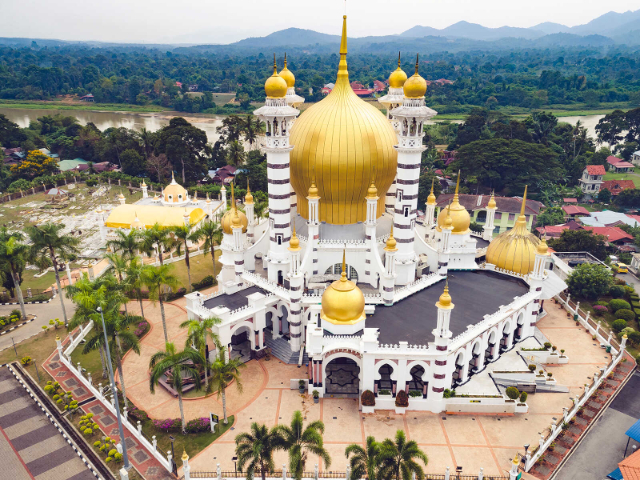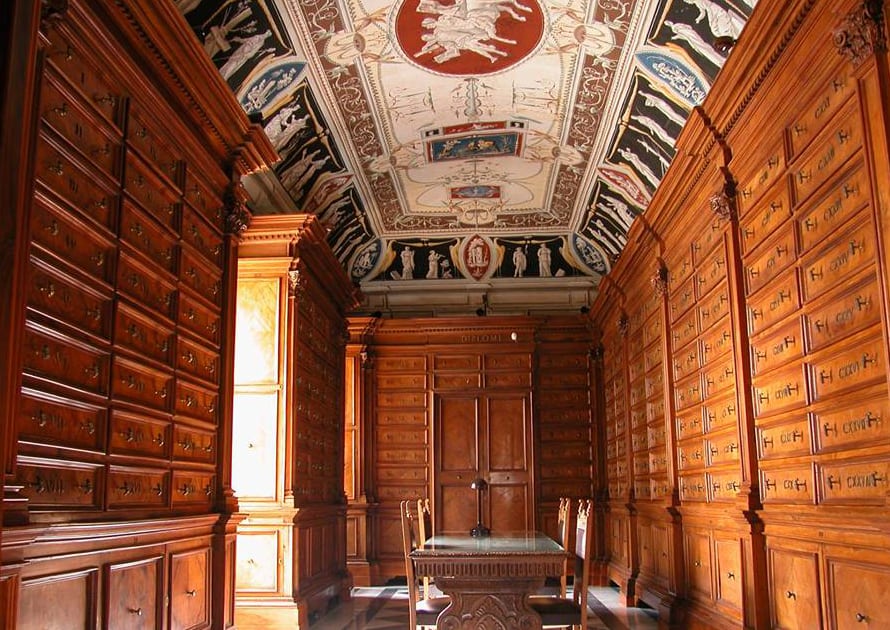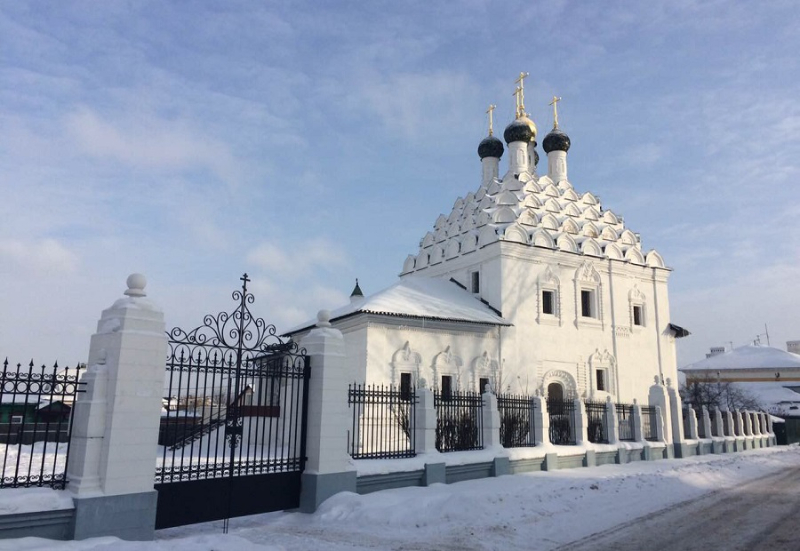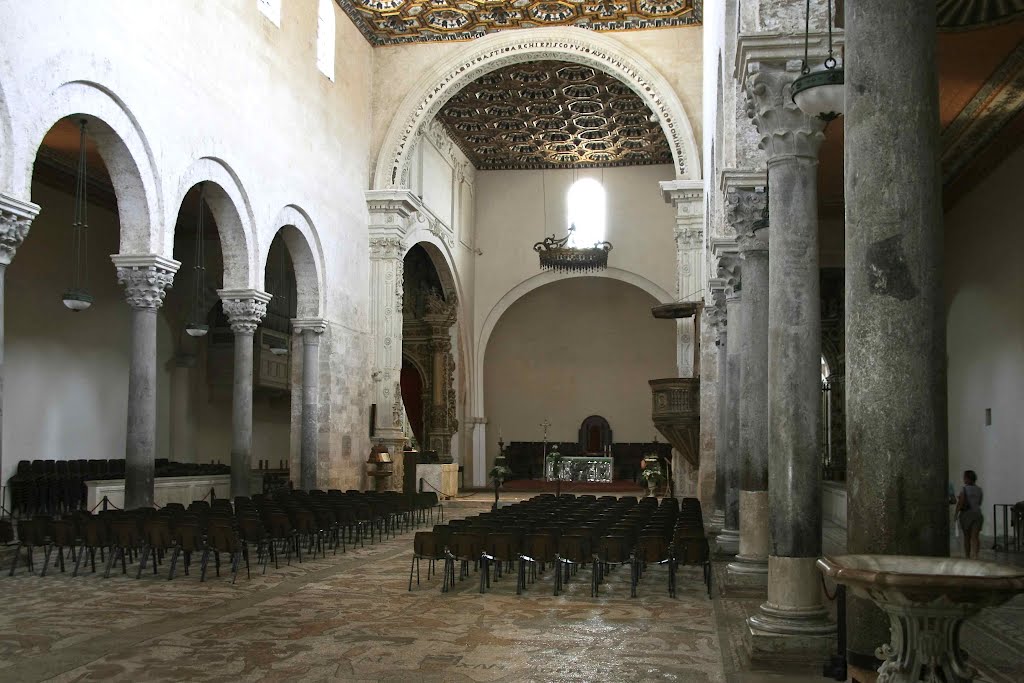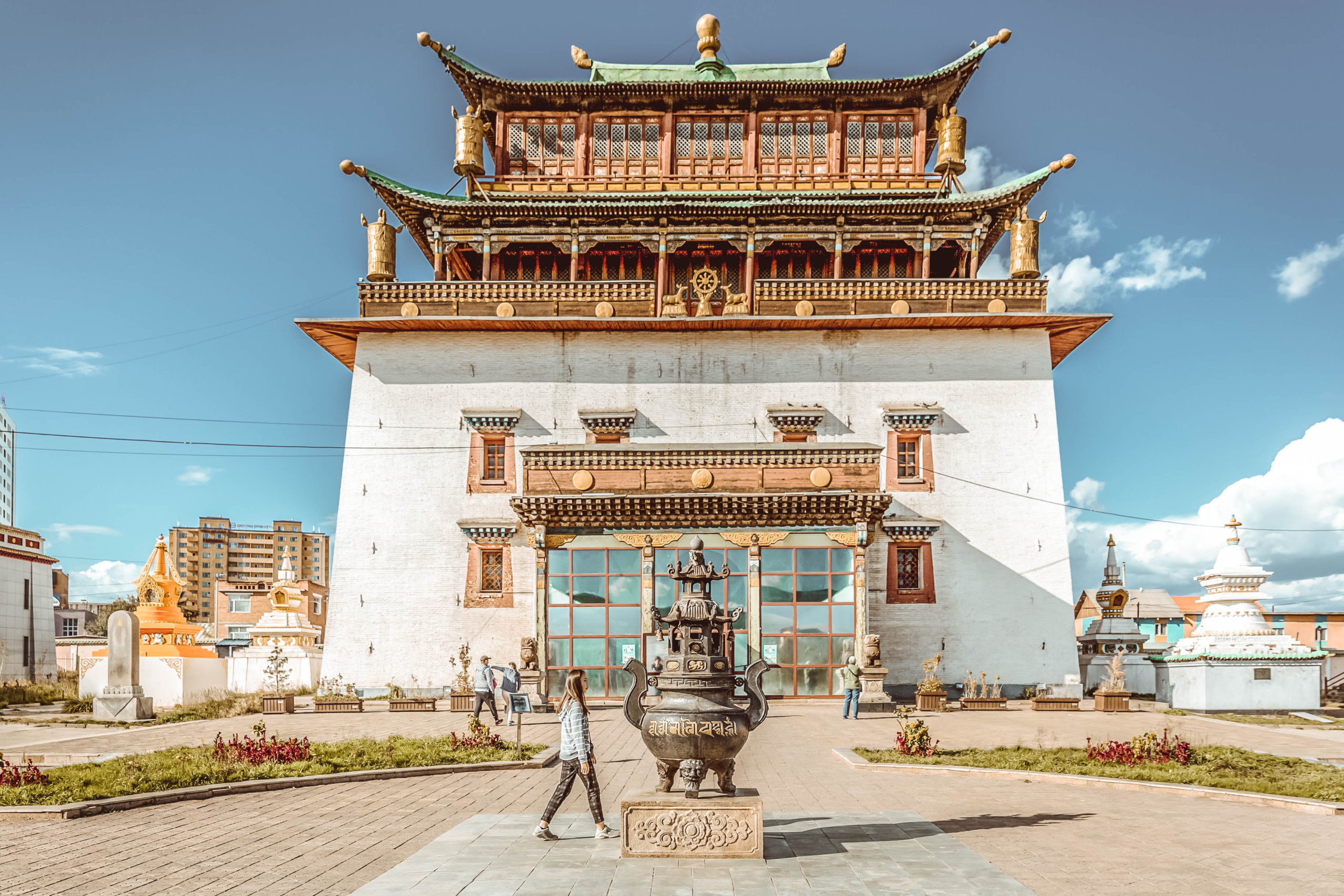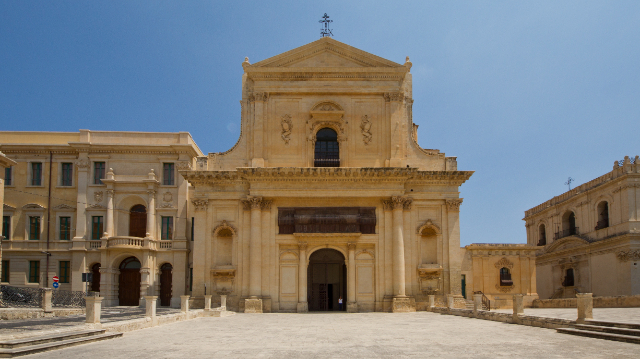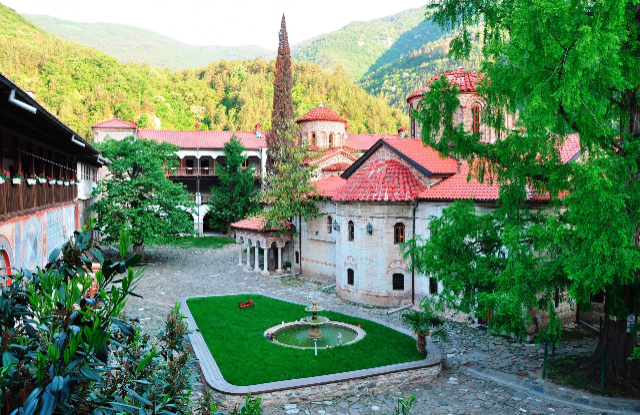The Ubudiah Mosque, located in the royal town of Kuala Kangsar in Malaysia, stands as a stunning symbol of devotion and architectural beauty. Situated beside the Royal Mausoleum on Bukit Chandan, this mosque is one of the most beautiful in Malaysia and is known for its striking appearance and spiritual significance. Its name, ‘Ubudiah,’ meaning ‘self-surrender to Allah,’ reflects the deep religious purpose embedded in its foundation.
Designed by Arthur Benison Hubback, a British architect who is also known for designing several other significant buildings in Malaysia, the mosque was commissioned by Sultan Idris Murshidul Azam Shah, the 28th Sultan of Perak, in 1913 as part of his thanksgiving for recovering from an illness. The construction of the mosque, however, faced numerous delays due to both World War I and the finding of a white elephant, which the Malays considered a good omen, and was finally completed in 1917.
Ubudiah Mosque is renowned for its large golden dome and four minarets that tower gracefully into the sky, creating a mesmerizing outline against the backdrop of the town. The architectural design features a blend of Moorish and Victorian styles, which is evident in its elaborate domes, arches, and the intricate carvings on its facade. The interior of the mosque is just as impressive, featuring stunning marble floors and beautiful calligraphy panels, offering a serene atmosphere for prayer and contemplation.
The mosque not only serves as a place of worship but also as a major tourist attraction in Kuala Kangsar, drawing visitors who are captivated by its majestic architecture and the tranquil beauty of its surroundings. The Ubudiah Mosque’s proximity to the royal mausoleum also underscores its historical and cultural importance to the region, making it a symbol of the royal heritage and religious devotion of the Malaysian people.

